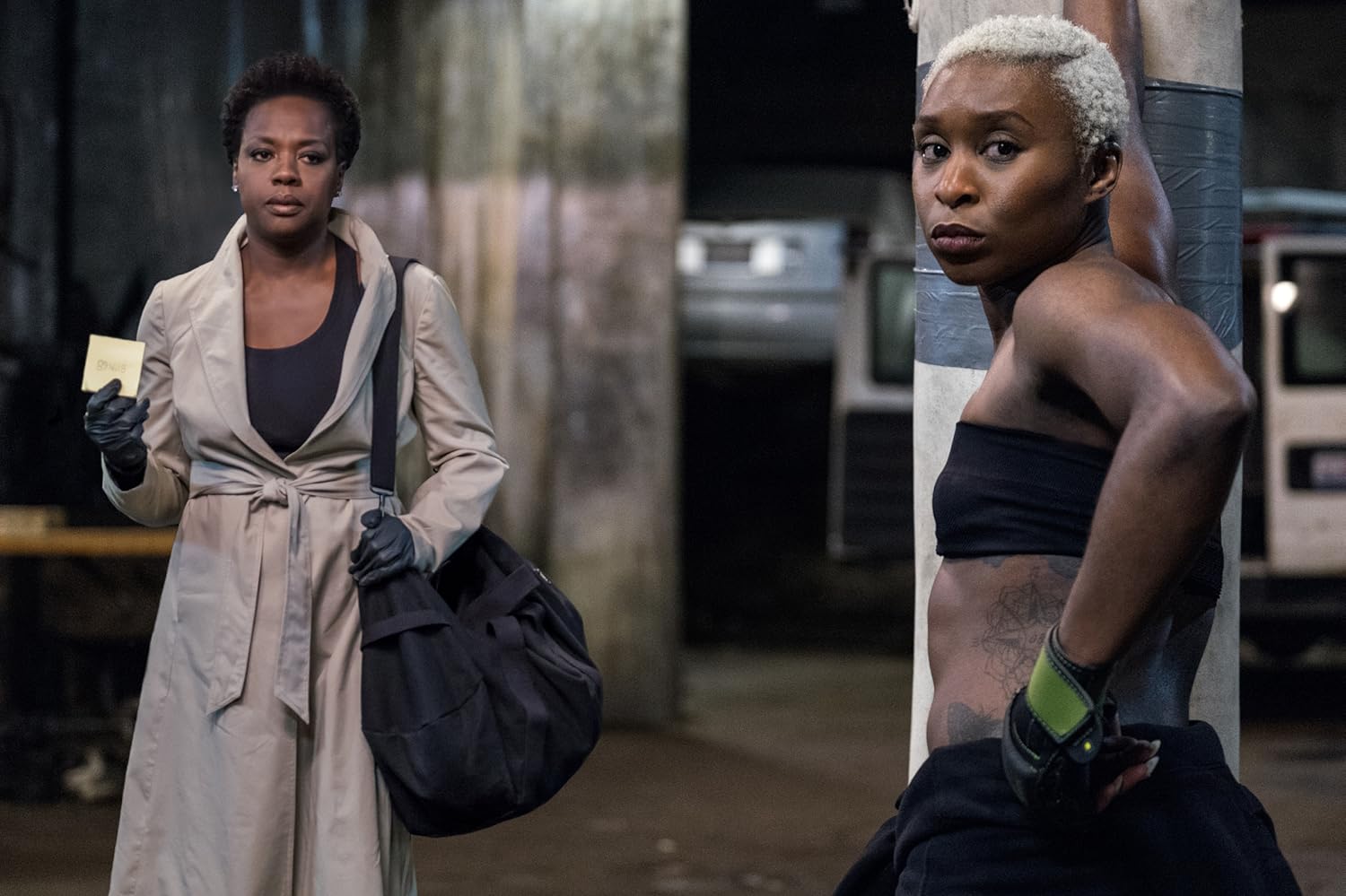Remarkably, Ralph Breaks the Internet is the first full-length theatrical sequel to come out of Walt Disney Animation Studios in almost 20 years. Its predecessor, Wreck-It Ralph, was released 6 years prior to critical acclaim and enough commercial success to spur Disney’s faith in a follow-up. As such, the pressure is on for this film to hold up against the original. While it doesn’t fall flat on its face, Ralph Breaks the Internet certainly doesn’t manage to exceed or even meet the standard set by the first film in the franchise.
Once again starring John C. Reilly and Sarah Silverman as the voices of Ralph and Vanellope respectively, this film picks up 6 years after the events of Wreck-It Ralph. After an accident that threatens to shut down Sugar Rush, the video game housed in Litwick’s arcade that Vanellope calls home, Ralph and Vanellope embark on a journey through the internet to find a replacement part that promises to fix the game and prevent it from being shut down permanently. On the way, they encounter a slew of new characters who help them along the way including J.P. Spamley (Bill Hader), a purveyor of clickbait, and Yesss (Taraji P. Henson), the “head algorithm” at the YouTube stand-in deemed “Buzzztube,” and a daring race boss named Shank (Gal Gadot).
Once the story gains momentum, the first big issue starts to emerge. The plot ambles along, clearly lacking — at least for the first half — a strong focus. Many of the events, most notably the narrative’s entire impetus, are mostly driven by coincidence or happenstance. For a good portion of the film’s runtime, our characters’ journey feels more like a series of arbitrary obstacles than a proper narrative vehicle.

Admittedly, Ralph Breaks the Internet is an animated film directed at younger audiences who aren’t likely to care about what I just discussed. However, I do think these kinds of family movies can be elevated with a strong plot that centers around a thematic core. It doesn’t have to be complex, it just needs to be focused. Stand-out animated films, such as the majority of Pixar’s output, have this exact quality, which Ralph Breaks the Internet regrettably lacks.
To its credit, there is certainly a thematic “moral” at the center of the film. It deals with accepting change and maintaining friendships despite it, but while this notion is quite nice, my issue remains with the way it is executed. These ideas are brought up at the start and only resurface once the audience nears the climax of the film. Before then, the plot takes a large detour that doesn’t accomplish anything other than prolonging runtime. Granted, once the story refocuses, it manages to actually be pretty touching and heartfelt. There are exchanges between Ralph and Vanellope that are poignant, albeit not up to the level of the first film. What the filmmakers are trying to say is honestly quite good, but it’s the way they are saying it that caused me to lose interest.
In between these story beats are obviously a lot of Internet-based references and gags that are, at best, clever nods to Internet culture and, at worst, downright cringe-worthy and unfunny. Often these moments can be rather accurate and demonstrate an understanding of the world wide web and its many nuances. For instance, the way clickbait is handled is rather clever, with characters representing pop-up ads wandering the world heckling online avatars as they walk by. However, some moments, such as references to Fortnite or screaming goats, are either strained attempts to connect with a young audience or entirely out of date. To top it all off, at one point in the film, Vanellope ends up at the “Oh My Disney” fan site. Needless to say, this detour in the narrative is painfully self-serving as the studio goes out of their way to practically flaunt the all-encompassing nature of its properties. It’s as if the film’s creators really hoped the audience’s interest would be maintained by appearances by Groot from the Marvel Cinematic Universe or Disney Princesses. Unfortunately, at least for me, these attempts failed.

Once again, I do have to give credit where credit is due. For the most part, the way the Internet is portrayed as a world of its own is fun and consistent. While the proliferation of brands is self-evident, it definitely doesn’t suffocate or dominate the story. Certain companies, such as eBay, play a central role in the narrative, but it doesn’t feel ham-fisted. Similar attempts to capture a digital world, such as 2017’s The Emoji Movie, show us that it could certainly be worse.
When the credits rolled, I was left with an distinctly neutral impression of this film. It was a pleasant time and I certainly don’t regret seeing it, but it also didn’t do anything to excite me. On a technical level, Disney manages to uphold their animation prowess, but at the same time, nothing signals that a lot of effort was put into the film either. Ralph Breaks the Internet is an inoffensive follow-up to a better movie, and while it doesn’t make a huge splash, it will likely be an enjoyable time at the theater for most families.
Score: 2.5/5 Stars


















